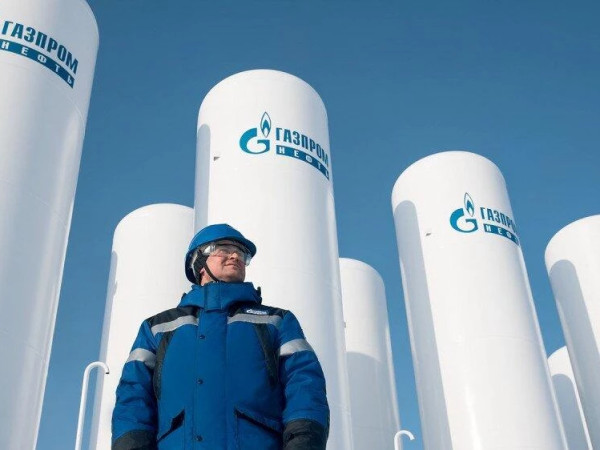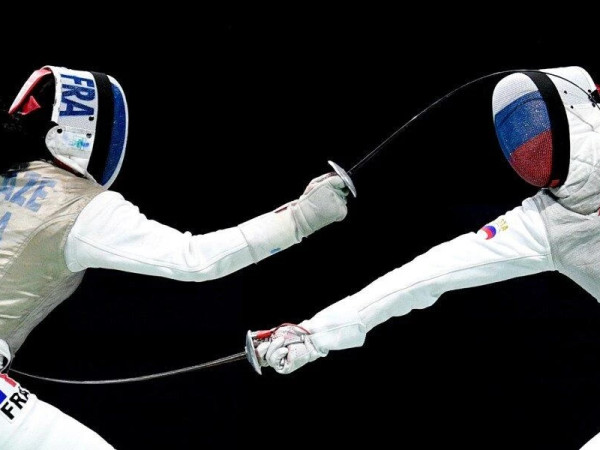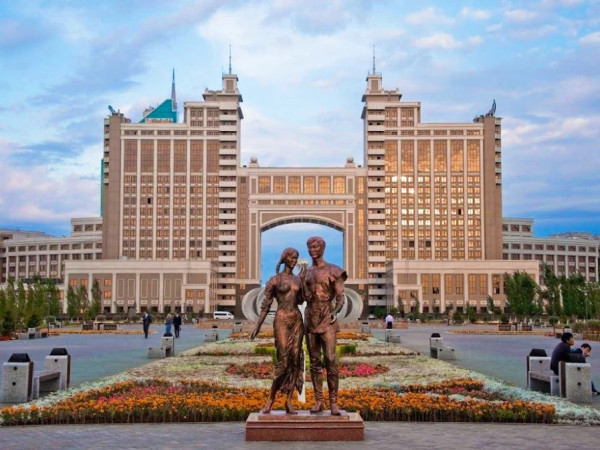A leisurely stroll through Antwerp’s diamond district takes only five minutes. Yet through just one sq km in a drab quarter of Belgium’s second city pass 86% of the world’s rough diamonds. Into Antwerp’s nondescript concrete offices arrive billion-year-old gemstones from the faraway depths of mines in Botswana, Canada, South Africa, Angola – and Russia.
Despite the atrocious war in Ukraine that has halted billions of dollars in trade, Belgium continues to import diamonds from Russia, albeit in much diminished quantities.
The EU has stopped importing Russian coal, is phasing out most Russian oil and has stopped buying numerous Russian goods, including gold, caviar and vodka. Yet diamonds have evaded the sanctions list again and again. The omission is even more striking as the trade affects only one EU member state – Belgium – which has always said it would not block a ban.
Trade has continued despite moral pressure from Ukraine’s president, Volodymyr Zelenskiy. Peace was worth “more than any diamonds”, he told Belgium’s parliament in March.
Exchanges have gone on, although Russia’s diamond company, Alrosa, is controlled by the Russian state. Russia and the republic of Yakutia, the vast north Siberian region that is home to most of the company’s mines, together own 66% of Alrosa. Alrosa’s chief executive, Sergei Sergeevich Ivanov, was one of the first oligarchs to be sanctioned by the US on day one of Russia’s invasion of Ukraine. His father, Sergei Borisovich Ivanov, a former Russian defence minister, also under US sanctions, is said by Washington to be one of Vladimir Putin’s closest allies.
Furthermore, the company has funded a B-871 combat submarine – named the Alrosa – according to internal company literature and the European Commission. The Alrosa submarine returned to the seas in June after an eight-year upgrade that included fitting the vessel with Kalibr cruise missiles, Russian state news agency Tass reported in June.
In September, EU officials referred to Alrosa’s funding of the submarine as a reason to place the diamond miner under EU sanctions, according to a draft seen by the Guardian. But when the final draft was approved, Alrosa had vanished from the list. It was at least the second time it had disappeared at the last minute. “It was a weird pattern,” said one EU diplomat. “We got it [diamonds] in the proposal of the European Commission and then in the last hours, we received information that it was not in there.”
Poland and the Baltic states are again pressing for diamonds to be included in the EU’s next round of sanctions – the ninth – which senior officials have promised before the end of the year.
Meanwhile, the US has banned the import of non-industrial diamonds from Russia, while the UK sanctioned Alrosa in March. But neither country has such a large diamond trading centre as Belgium.
Antwerp has been trading diamonds since the 15th century. About 1,700 companies and 4,500 dealers buy and sell from the compact diamond district, according to the Antwerp World Diamond Centre trading association. Facing stiff competition from India and the Middle East, the city on the Scheldt River is proud of its pioneering artisans and traders. In 1919, it was the Belgian mathematician and gemologist Marcel Tolkowsky who calculated that 57 facets was the perfect cut to catch the fire and brilliance of a diamond. Tolkowsky’s cut, the brilliant, would bring sparkle to engagement rings, pendants and trinkets around the world.
On a recent November morning, men with black briefcases walked purposefully along Hoveniersstraat, one of the main streets in the district, a nondescript thoroughfare lined with exchanges, dealers’ offices, jewellers and police cars. While the industry has become more digital, insiders say there is no substitute for seeing a rough diamond under the microscope to judge its worth.
Before the invasion of Ukraine, 25% of rough diamonds passing through Antwerp came from Russia. In 2021, Belgium imported €1.8bn (£1.6bn) of Russian diamonds and €1.2bn in the first eight months of 2022, according to statistics from Belgium’s national bank, shared with the Guardian. In 2022, trade has been on a rollercoaster ride, rising steeply in June to €393.8m, then falling sharply. In August 2022, Belgium imported €35.9m Russian diamonds, compared with €215.4m in the same month in 2021, an 83% year-on-year fall.
Tom Neys, a spokesperson for the AWDC, said the surge in June reflected diamond deals that were “already closed before the war started”. As soon as the conflict began, the industry was thrown into uncertainty, leaving millions in trade up in the air. “For three months a small army of lawyers needed to investigate if the deals that were made were all OK, were they all compliant with the changing rules in the US, in Europe. They constantly had to find logistical solutions,” he said.
Despite the steep fall in trade since June, Neys rejects an import ban. Antwerp must remain “an open door for companies who have no options”, he said. “For us, the most important thing is that these companies get the possibility to adapt to the new market.”
Big companies have alternatives to Russian diamonds, he said. “But for small traders this is very difficult … it is then you are going to be squeezed to death if they don’t have alternatives.” Some niche sectors had no alternative to Russian diamonds, he added, saying that Russian industrial diamonds were the standard for surgical eye scalpels.
The AWDC has claimed that 10,000 jobs are at risk from stopping imports of Russian diamonds: 4,000 direct and 6,000 indirect.
Filip Reyniers, director of the International Peace Information Service, a research institute based in Antwerp, believes these figures are “outdated and overblown”, contending they are based on a 12-year-old study. (The AWDC said their data was based on 2021 research, but did not respond to requests to provide the data.)
Privately, Belgian officials have warned the EU of job losses, although the government insists it has never sought to block sanctions. “Our country has never blocked measures linked to the diamond sector,” Belgium’s prime minister, Alexander De Croo, said in March. Belgian officials insist that remains the case today. Yet when Alrosa was included in the last round of sanctions, Belgium abstained, according to one source. It would have been a flaw in the seamless unity on the Ukraine war that the EU likes to declare to the world. The sanctions later passed unanimously without any mention of Alrosa.
Belgium is far from alone in securing exemptions for its industry. Hungary, Slovakia and the Czech Republic are excluded from the oil embargo; Italy (and Belgium) secured a reprieve on banning certain Russian steel products, citing the risk of job losses. Some countries are sympathetic to Belgium’s arguments. Banning Russian diamonds would “work against us because [the trade] will go to India,” one senior EU diplomat said.
But sanctions hawks are scathing. “Belgium needs to walk the talk – not only support Ukraine with strong and nice statements, but find courage to share the pain of sanctions with all other EU partners,” another senior EU diplomat said.
Reyniers suggested that Belgium’s protestations of neutrality missed the point. “Belgium should actually speak up for sanctions, because they are so much an interested party … Whether it’s true or not what they say [not blocking sanctions], we think it’s the wrong position,” he said. “People look at Belgium for positions inside the EU, because the expertise [on diamonds] is in Belgium.”
Belgium ought to take a lead, Reyniers argued, as for years it has portrayed itself as a leader in the fight against blood diamonds. “Antwerp and Belgium have always been profiling themselves as an ethical hub, as an argument against competing hubs like Dubai.”
Antwerp’s diamond industry argues this course of action would trigger an exodus of diamond dealers from Antwerp for the Middle East and India, countries still trading with Russia. “This is not some vague warning: you will end up with the risk that the whole €40bn [annual turnover] will go to India or Dubai and they will become the biggest trading centre in the world,” Neys said.
“Is it a good idea to hurt ourselves in such a way that would destroy our own economy?” he asked. “For what – to give it away to countries that have no issues, or no problems, in dealing with Russia today? You are rewarding countries that are doing the opposite of what you want them to do.”
The Belgian government argues that a ban on Russian diamonds should go far wider, covering cut and polished stones. Critics of the US diamond ban have pointed out that it does not stop Russian diamonds being imported via India once they have been cut and polished in that country, transforming them into “Indian” diamonds.
A spokesperson for Belgium’s prime minister referred to the steep fall in Russian diamond imports since June. “Currently the possibility is explored to bring that trade further down to zero, but that needs to happen through a collective approach,” they said. “If we are serious about ending the money flow to Russia, this can only be achieved if we also stop the buying and selling of cut and polished diamonds, not only the trade of crude diamonds. That is something that has to be decided with those representing major retail markets.”
The European Commission declined to comment on the exclusion of Alrosa from previous sanctions. Asked about the inclusion of diamonds in future measures, a spokesperson said: “All decisions on imposing new sanctions are made by member states in the council [of ministers] through unanimity and discussions are confidential, but nothing is off the table.”
Back in Antwerp, one jeweller argued the trade was already tightly regulated. “We source our diamonds from the market, who now more than ever is making every effort to investigate the origin and ethics of their rough supply,” said Peter Poussenier, who has a jewellery shop and workshop in the district. The industry was already under more scrutiny than almost any other, he said. “Diamonds speak to the fantasy associated with wealth, so people are much more critical.”
Another Antwerp jeweller said he did not know the ultimate origin of his diamonds, whether they came from Russia or elsewhere. “You can never know,” said David, a third-generation jeweller, who declined to give his full name. Although he did not see a ban on Russian diamonds affecting his business, he could not support a move that he thought would harm Antwerp’s traders. “Business is business, war is war. I do not like to interfere with somebody’s bread,” Guardian reports.















